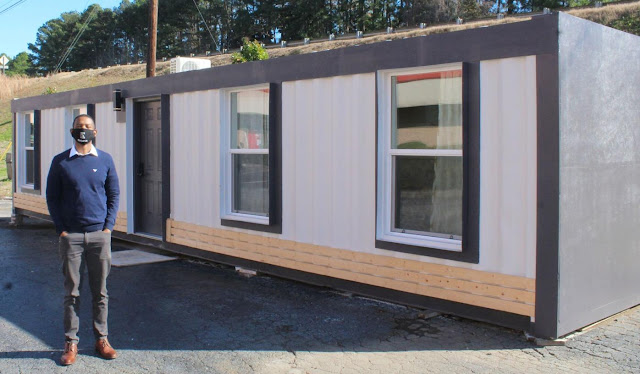OZs and Distressed Areas
There is constant development around the globe. Businesses have found success with different money-making projects. These successes have elevated the society into good working and balanced working communities that provide safe homes, safe infrastructure to a better quality of life to people. However, some areas in every state and jurisdiction somehow do not make the cut; they remain underdeveloped, and there is no access to new opportunities for the community that resides in those areas.
What are distressed zones?
Distressed areas are those areas in the community that are economically vulnerable. There is a lack of investments, and there are usually people residing in those areas who belong to the low socio-economic class. Distressed areas lack development opportunities and employment, and there is ample need for new development.
What are Opportunity Zones?
OZ's are referred to as those communities that are economically deprived and where there is a need for new investment. Moreover, under certain parameters, those communities are eligible for preferential tax treatment.
They were first put into place in April 2018. These are now part of the plan of all 50 states where each state gets to nominate jurisdictions that have low-income strata by census tract, which are then reviewed and certified by the secretary of the U.S Treasury via their delegation of authority that is the Internal Revenue Service (IRS). Through the IRS portal, potential investors can get registered in the scheme by filling form 8896 to open up a Qualified Opportunity Fund - the entity is structured as a partnership or corporation for investing in real estate or direct business by using equity.
It is important to hold the fund down with at least 90% of its assets in the OZ area.
Federal Criteria for Opportunity Zones
Certain guidelines need to be fulfilled for a location to be an OZ nominee; the census tract has to meet these criteria
A poverty rate of 20 percent
There has to be an average family income of:
Not more than 80 percent of statewide average family income for census tracts that are situated within non-metropolis areas
Not more than 80 percent of the greater statewide average family income or the whole of metropolitan average family income for census tracts that are within metropolitan areas
About 25 percent of census tracts of each locality meeting the above criteria can be nominated. Whereas an additional 5 percent of each location can improve quality if they met the below criteria
A census tract that is contagious with low income OZ
A median family income of no more than 125 percent of median family income
Conclusion
These distressed and OZ’s need investment to help the deprived communities develop. Evo Opportunity Fund is committed to developing energy-efficient real estate in Qualified Opportunity Zones by creating sustainable housing for all. Evo promises to utilize the radical tax breaks provided by Opportunity Zones. The timing for this opportunity is now.




Comments
Post a Comment